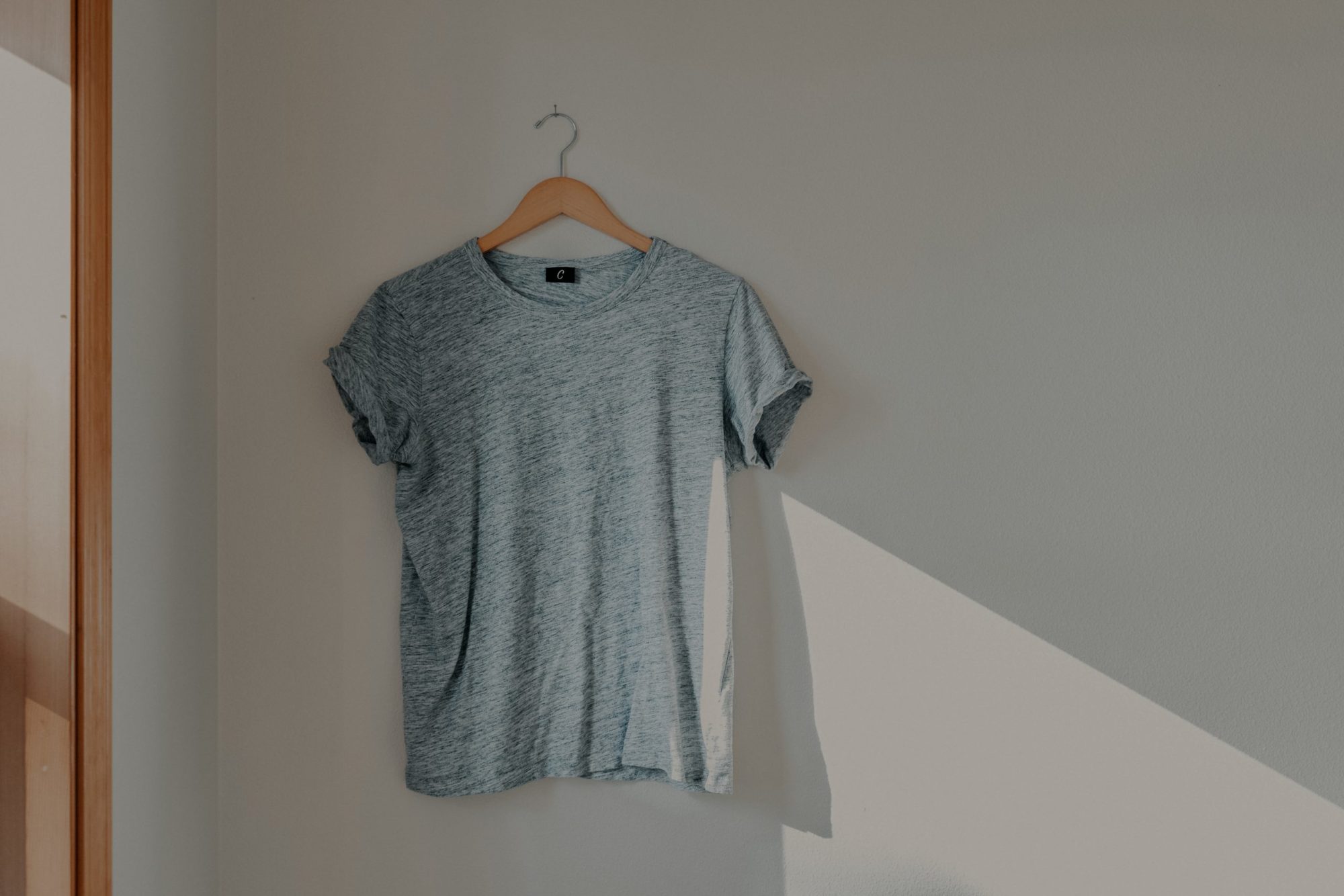What’s the difference between a flower and a t-shirt?
You might be thinking that a flower grows in the ground, and a t-shirt is something that you wear. Or that a flower is something that is planted, while a shirt is made in a factory.
You’re right, but there’s another important difference between flowers and t-shirts: a flower is made of biological nutrients, while a t-shirt is created from technical nutrients.
This week, I read chapter five of Cradle to Cradle: Remaking the Way we Make Things by William McDonough and Michael Braungart. Titled “Waste Equals Food,” this chapter introduces the concepts of biological and technical nutrients and argues that a shift in industrial infrastructure and nutrient flows could eliminate the idea of waste from society.
What is a biological nutrient?
Biological nutrients are anything natural that can biodegrade– think of a leaf, a tree, or any compostable material. These materials contribute to the biosphere and are designed to return to the biological cycle. Biological nutrients are made up of elements like carbon, hydrogen, oxygen, and nitrogen.
What is a technical nutrient?
Technical nutrients are the opposite of biological nutrients. They are not natural– rather, they are manmade. These materials contribute to the technosphere, which are “the systems of industrial processes.”
McDonough and Braungart differentiate between biological and technical nutrients because these materials are used and discarded differently. While biological nutrients can be reintroduced into the environment and will biodegrade, technical nutrients require processes to be reused.
An intermediary between biological and technical nutrients is monstrous hybrids. Products made from both biological and technical nutrients are nearly impossible to reuse or recycle. For example, a leather shoe contains many materials, from chromium to rubber. These materials, whether biological or technical, are lost when a leather shoe is thrown away. A leather shoe is therefore a monstrous hybrid, because its combination of these materials prevents them from being recovered and reused.
McDonough and Braungart envision a world that differentiates between biological and technical nutrients and uses both in product cycles. In this new economy, ‘waste’ in the form of garbage or used products would be ‘food’ for the production of new goods. In this way, waste equals food, and materials flow through an ongoing cycle.
The diagram below shows what a society that maximizes both biological and technical nutrient flows might look like. On the left, biological nutrients are used and regenerated, and on the right, technical nutrients are used, collected, and reused.

How to shift nutrient flows
McDonough and Braungart give several ways to shift nutrient flows in order to eliminate the creation of waste and achieve a zero waste society.
First, industrial products should be designed to retain their quality in order to be used multiple times. For example, many valuable materials, such as copper, go into creating a car. If nutrient flows are considered in the design process of a car, these materials could be re-used and would maintain their quality for future uses.
Next, McDonough and Braungart suggest conceiving of products as a product of service. Rather than treating consumer goods as something to be bought, owned and thrown away, these goods could be reconceived as a service. Consumers would purchase a product to use for a defined period of time. When they are done using that good, the manufacturer would take the good back and repurpose those materials for new products. These products would necessarily be designed to be disassembled and to be durable.
Lastly, McDonough and Braungart consider the problem of unmarketables, products which don’t fit into biological or technical nutrient flows because they are hazardous. Until these materials can be detoxified or are no longer needed, they can be stored in safe repositories or removed from the waste stream.
*****
What are your thoughts on biological and technical nutrients? Can waste equal food in our society? Do you have any zero waste questions? Let me know in the comments below!
Previous Zero Waste posts:
- College Football, Ariana Grande, and Water - September 3, 2023
- Livestock and Land Use: How Are We Feeding The Planet? Impactfull April 2022 - April 19, 2022
- What Does Voluntourism Look Like? A Case Study in a Cambodian Orphanage - March 28, 2022
